WOW!! AMAZING 2 BR FRESHWATER CLASSIC CHRIS CRAFT 35 Immaculate, A+ Engines
| Make: | CHRIS CRAFT Dual Cabin Huge Interior |
| Type: | A RESIDENCE ON THE WATER - CRUISER |
| Year: | 1986 |
| Hull Material: | Fiberglass |
| Trailer: | Not Included |
| Engine Type: | Beautiful Dual Mercruiser 270s |
| Primary Fuel Type: | Gas |
| Location: | Saint Clair, Michigan, United States |
| Want to buy? | Contact seller! |
Description
ABSOLUTELY BEAUTIFUL - INDOOR STORED CLASSIC 2br CRUISER Perfect cruiser for a retired couple to do the great loop or for a family to do summer vacation cruises. As you can see in the photos the condition is close to immaculate. It is ready to put in the water. Engines run excellent and are currently winterized. This is your rare opportunity to acquire a majestic turn-key Chris Craft 35 for pennies on the dollar. Storage is available where the boat is located or you can launch it and take it anywhere in the world that you want to cruise to via the Great Lakes. Currently located on a tributary of the Detroit River which connects Lake Huron with Lake Erie. THIS IS A DREAM VESSEL! Don't miss this one!! Call me with any questions that you have. I'll be happy to help you figure out your cruising plans.Will 970 319 6408
Terms of the Auction – Read This
Half Price Yachts conducts occasional auctions for incredible value vessels whose previous owners have agreed to make them available at fire sale auction prices. This vessel is in our auction program. The highest bid will win the boat. However, much like with a “Dealer’s Only Wholesale Car Auction” this is a buyers privilege to have access to such a quality vessel for pennies on the dollar. Like a wholesale dealers car auction bidders much agree to participate according to the terms of the auction. If you try to bid on the auction but have not pre-qualified yourself if your ebay account does not meet the bidding criteria then your bid may likely be canceled and the high bid will revert to the next qualified bidder below you. Here are the terms of the auction:
1. Payment must be made in full within 24 hours after the end of the auction.
2. If you are the high bidder at the end of the auction you must immediately call 970 319 6408 to verify who you are and to discuss the details of completing the transaction, including your preferred payment method etc.
3. Bidding is only available to Ebay users who have more than 10 feedbacks within the past 12 months and a 100% feedback score. If your account does not meet these criteria you must call 970 319 6408 before placing your bid and identify who you are and explain why you should be allowed to bid even though your Ebay account does not meet the bidding criteria.
4. If a vessel inspection is necessary for you to feel confident in committing to pay for the vessel, that inspection needs to occur prior to the end of the auction. You may inspect the vessel prior to the close of the auction, or even have it surveyed, but once you bid you are committing to a legally binding contract to purchase the vessel in AS IS, WHERE IS CONDITION for the amount of your placed bid. Understand that this vessel, like most used boats likely has a number of systems to be tested and or repaired. You are paying a price at auction which reflects the current condition of the vessel along with the unknown factors. If this were a full priced vessel listed at full blue book value, then you might expect everything to already be tested and working, but again, like a wholesale dealer car auction, you the buyer are responsible for repairing any mechanical or systems deficiencies that you encounter after the purchase. The auction price of the vessel will be a more than fair price reflecting a built in discount with more than enough savings to compensate for your time energy and spare parts to remedy any issues.
If you have any questions you wish to resolve prior to placing a bid please call 970 319 6408. -Will I will be happy to tell you whatever I know.
Payment methods accepted:
1. Zelle online payment system
2. A Cashiers Check or Personal Check deposited at the counter at any Wells Fargo Bank Branch, with a teller issued deposit receipt for your proof of payment
3. Bank to Bank Wire Transfer
4. Cash in hand at the vessel, so long as transaction is completed within 24 hours.
Please Note, Do not bid more than you have on hand to spend. And please consult your spouse of sailing partners prior to committing to making a purchase. If you need to transfer funds, do it prior to the close of the auction so that your funds are accessible to you to make the payment within 24 hours after the close of the auction.
Standard Legal Disclaimer - Vessels are sold "As Is" with no warranty either express or implied. The Company listing this vessel for sale offers the details of this vessel in good faith but cannot guarantee or warrant the accuracy of this information nor warrant the condition of the vessel. A buyer should instruct his agents, or his surveyors, to investigate such details as the buyer desires validated. This vessel is offered subject to prior sale, price change, or withdrawal without notice.
Power & Motoryacht
By: Nick-Voulgaris III
April 26, 2018
As a young boy, Chris-Craft founder Chris Smith was interested in duck hunting and carved his own decoys out of wood, which likely nurtured his interest in building boats. He built his very first boat, along with his brother, Henry, in 1874. It was a modest 13-foot skiff, but this first experience was the beginning of what became one of the greatest boating empires in the world. The two brothers went on to build canoes and duck boats and became avid duck hunters and sportsmen. These small boats had no motors and could be rowed or pushed along the seabed with a pole. The resourceful brothers of modest means then started a small business supplying fresh ducks to local restaurants and markets in Detroit.
The Smith brothers slowly expanded their boatbuilding operation; they opened a small boathouse along the waterfront in Algonac, Michigan, and formed the Smith Brothers Boat Builders, which served a local clientele. Henry ended up being more interested in duck hunting and growing a business around that sport, so he left boatbuilding altogether. Chris went on as the sole proprietor, and the company’s name was formally changed to C. C. Smith, Boat Builder.
Smith grew his fledgling company by building canoes, skiffs and small runabouts powered by gasoline motors. Of all the different styles of boats that Smith was producing he was most interested in the runabouts. He was interested in racing and was determined to build his boats to move faster and faster. He had a natural eye for hull design. He would first make a small wooden model of the hull, then study and adjust its lines carefully, and finally build the actual full-sized boat. Smith received his first order for a race boat in 1905. NamedDartand built for Algonac businessman Neil McMillan, the boat could fly across the water at an astounding 25 mph. This was the beginning of what became an illustrious career in building race boats. As gasoline engines continued to improve and become more reliable, Smith too improved his boats by refining their design, modifying the pitch in their propellers and shifting weight—all with the goal of increased speed. Smith even began modifying stock engines and eventually started building his own motors.
Smith received an order for a race boat from Cincinnati businessman John Ryan, a wealthy individual who wanted to beat McMillan’sDartin races along the St. Clair River and was willing to spend a lot of money to do so. Smith and Ryan conceived theReliance IandReliance II, which made top speeds of 28 and 31 miles per hour respectively. These speeds may seem insignificant by today’s standards, but they were record-breaking in the early 1900s. Ryan had been bitten by the racing bug after several wins, and was also interested in building runabouts for a wider market. In 1910 Smith and Ryan went into business together and formed the Smith-Ryan Boat Company. Ryan’s capital infusion allowed the company to not only continue developing its race boats, but also begin building boats for the general public. The boats made by the young company were some of the fastest in the world at the time.
Ryan continued to develop his racing program and since he was an owner of the company he did not have to immediately pay for his boats. Unfortunately, his spending habits left him practically bankrupt. His large debts to the Smith-Ryan Company could not be paid, and the two men dissolved their partnership. Not long after, industrialist Garfield “Gar” Wood entered the racing scene by purchasing theMiss Detroitsyndicate, which was a fast race boat built by Smith. Wood too became intrigued by this sport and also boatbuilding in general. He purchased Smith’s company, and Smith and his sons stayed on to manage the business. They built boats for a very wealthy clientele, and they traveled the world together setting new records and selling boats. By the early 1920s, Smith’s sons Jay and Bernard convinced their father that it was time to break away from Wood and go back to running a family business.
The Smith family purchased 20 acres of waterfront land in Algonac and formed the new Chris Smith & Sons Boat Company. Instead of catering to wealthy sportsmen who wanted custom race boats, they decided to follow the lead of Henry Ford and build standardized boats for a larger audience at reasonable prices. The Smiths got a boost to their young business when they received a contract from Wood to build hulls for his own company. The order for 33-foot “Baby Gar” hulls, as well as repair and modification work to Wood’s race boats, allowed the Smiths to hire approximately 30 men for the factory and keep the business running in its early days.
This arrangement worked well for several years, but then it became clear that the orders for Wood, which generated little profit, were an encumbrance to growing Chris Smith’s own business. Wood also became frustrated with the relationship, as his own orders were not given top priority. The two men decided to end their working relationship.
The Smiths continued to build their reasonably priced runabouts, and in 1925 produced 111 units in a single year. Jay Smith had the idea to name a special model a “Chris-Craft” after his father. Soon after, all boats built by the Chris Smith & Sons Boat Company were known as Chris-Crafts. The new boats quickly became popular and the company could not keep up with demand. Smith began to build his boats for the first time with an assembly line modeled after the automobile industry. This process allowed his skilled craftsmen to focus on one specific task that they could perfect.
In 1926, Chris Smith & Sons began to establish a small dealership network to market and sell the boats, instead of selling directly from the factory to the consumer. The company grew rapidly; by the end of the 1920s, the Smiths were building approximately 1,000 boats per year, which generated more than $3 million in sales. To help attract customers, Smith was a pioneer in offering a deferred payment plan, which allowed purchasers to receive delivery on a boat and make payments over 12 months through a local bank he had secured. The company had become very profitable, in fact making a $300,000 profit in 1929. The factory was now under year-round operation, and yet it still had a backlog of orders. To help streamline components and alleviate some of his production burden, Smith turned to Walter Chrysler of the Chrysler Corporation to provide motors for a portion of his boats.
A new Chrysler Imperial marine engine was developed for use in Chris-Craft boats. Not only did this arrangement allow the Smiths quick access to engine inventory, but Chrysler also had a global dealer and parts network that was beneficial to Chris-Craft customers. Chrysler was also eager to enter the partnership, as it gave the carmaker access to the burgeoning boating business that he coveted. Despite the company’s focus on building boats designed for the everyday person, interest in the beautiful, varnished mahogany Chris-Craft boats began attracting celebrity and wealthy clients. Soon the Astors, Morgans, Vanderbilts, DuPonts, Firestones and Wrigleys all owned Chris-Craft boats.
To stay lean during the early 1930s, Chris-Craft trimmed its product line and offered stripped-down versions of its runabouts. It coined the name “utility” to describe the less-expensive models that lacked many of the luxury features found on sisterships.
The company cut staff and reverted to part-time hours to keep the business afloat. It also introduced a small 15½-foot runabout that was sold for $795 to help attract more entry-level boaters. The company began to thrive once again by 1936. It soon began to offer “cruisers” with overnight accommodations, and its product range grew. By 1937 the company offered a staggering 97 different models. The close of the decade came with both joy and sadness. The company was once again on an upswing with strong sales, and Jay Smith had secured the purchase of a 22-acre facility in Holland, Michigan, for additional production space. But Chris Smith, the man responsible for the birth of Chris-Craft, passed away on September 9, 1939, at age 78. Smith had built a legacy that would go on for generations and shape the boating industry for decades to come.
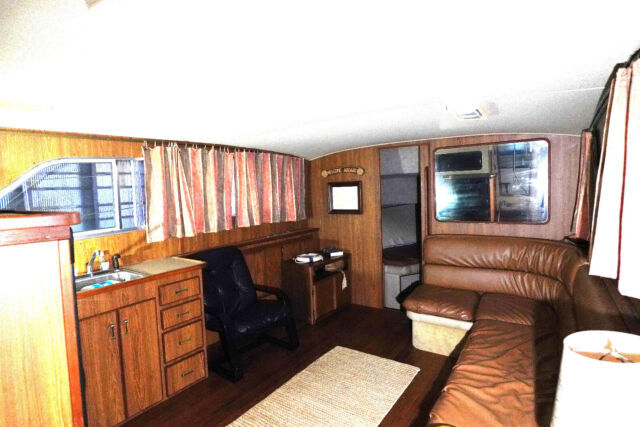
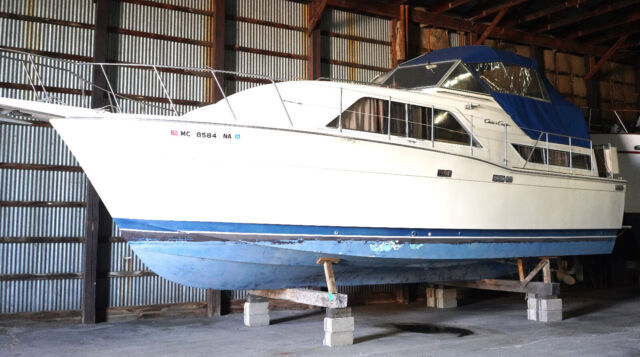
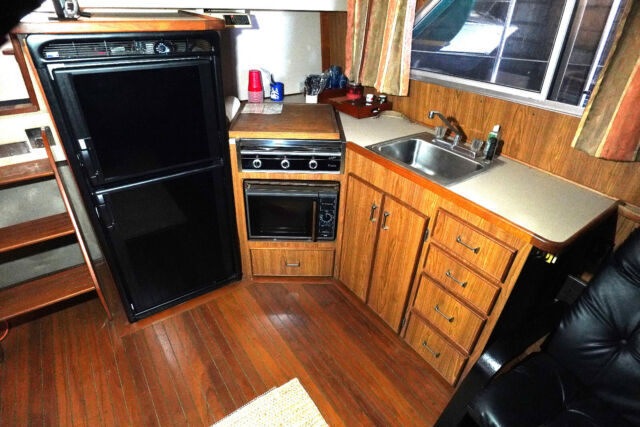
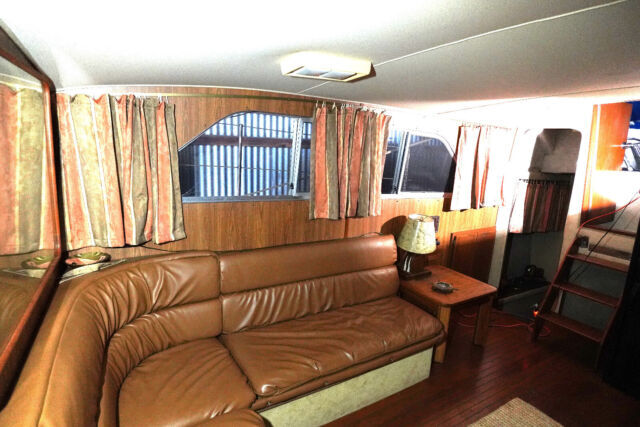
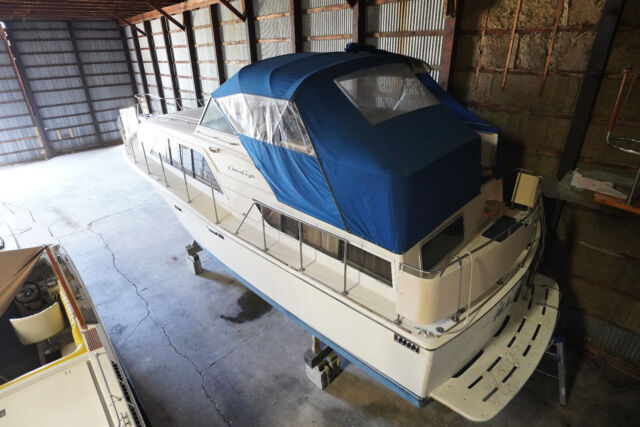
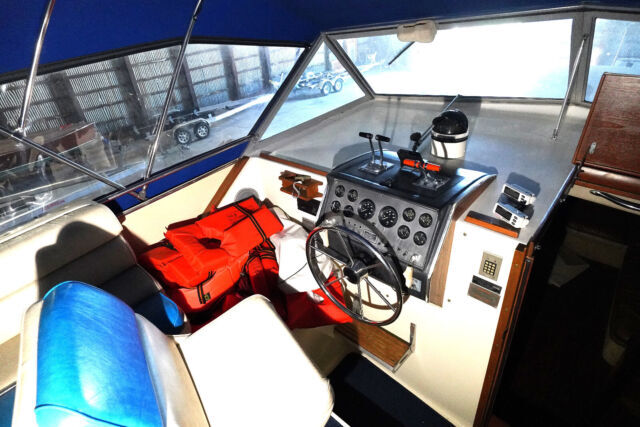
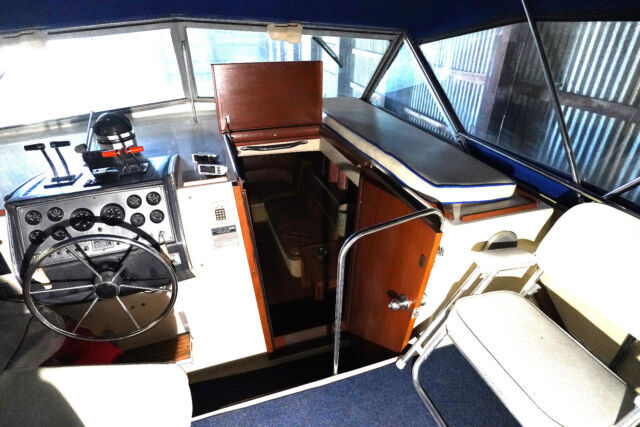
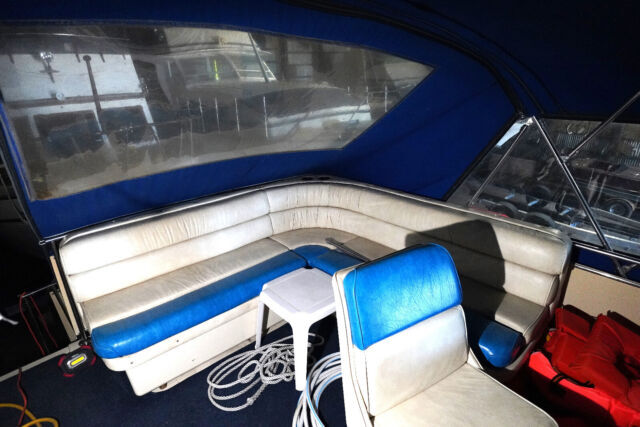
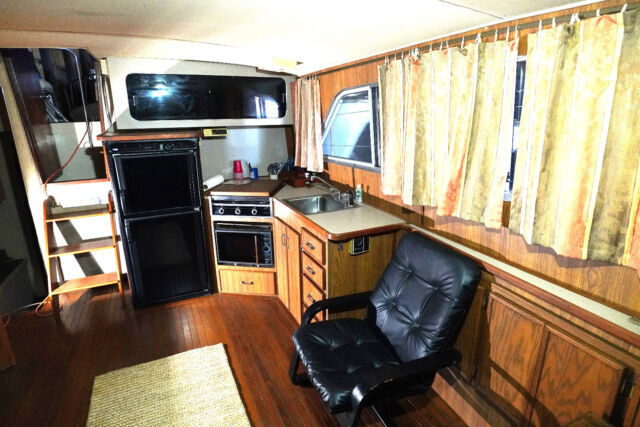
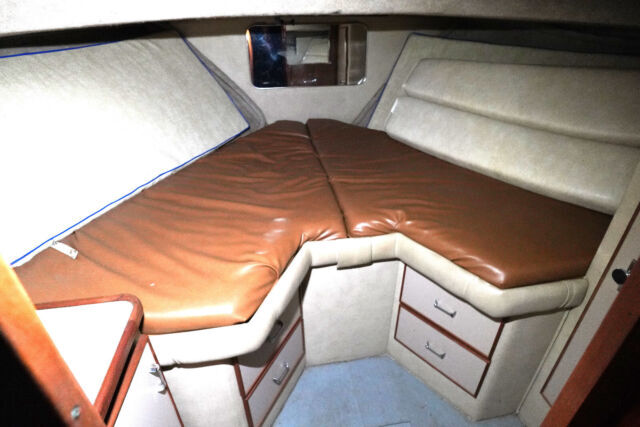
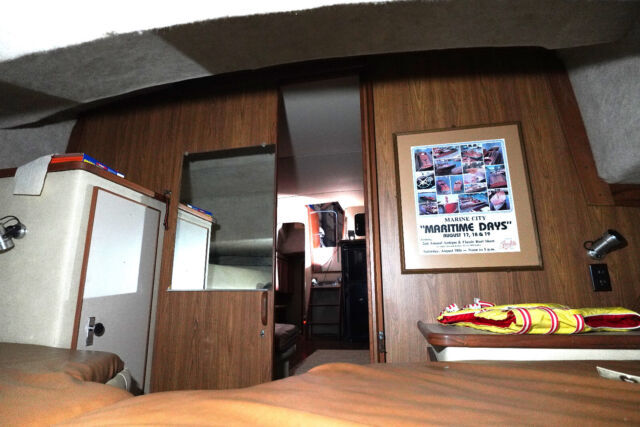
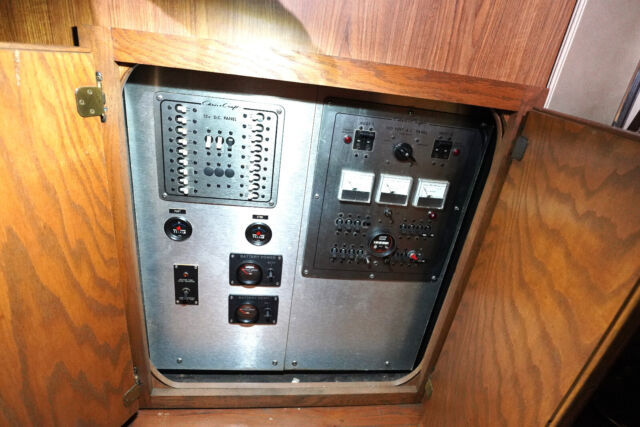
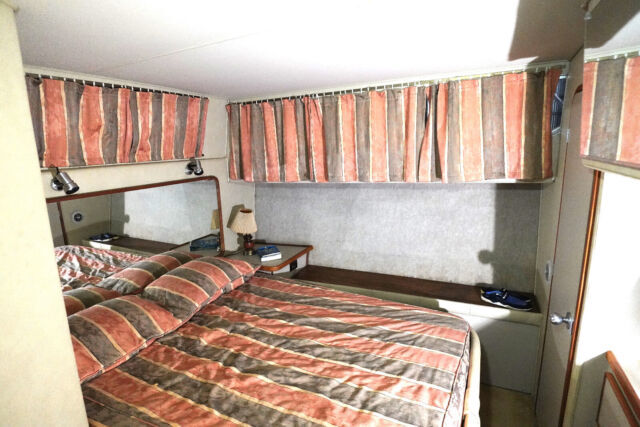
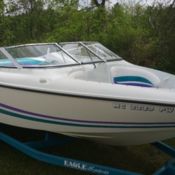 VIDEO AMAZING CHRIS CRAFT 177 HOTROD MONSTER FRESHWATER BOWRIDER FAMILY FUN SKI
VIDEO AMAZING CHRIS CRAFT 177 HOTROD MONSTER FRESHWATER BOWRIDER FAMILY FUN SKI
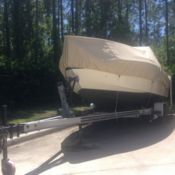 Chris-Craft 21 Classic Freshwater Boat W/Trailer
Chris-Craft 21 Classic Freshwater Boat W/Trailer
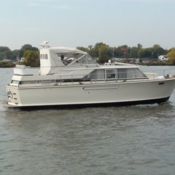 1971 Chris Craft 42 Commander New Motors and Transmissions! Freshwater Classic!!
1971 Chris Craft 42 Commander New Motors and Transmissions! Freshwater Classic!!
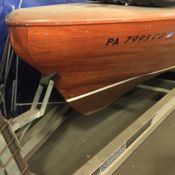 Classic 1956 Chris Craft 26' Sportsman Wood Boat - Dual Engines - Project
Classic 1956 Chris Craft 26' Sportsman Wood Boat - Dual Engines - Project
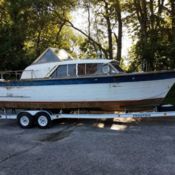 1961 28 ft. Chris Craft Constellation Connie-Twin 283 Chris Craft Marine Engines
1961 28 ft. Chris Craft Constellation Connie-Twin 283 Chris Craft Marine Engines
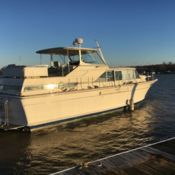 Chris Craft Commander 42 - Classic Chris Craft - Live-aboard or cruise anywhere!
Chris Craft Commander 42 - Classic Chris Craft - Live-aboard or cruise anywhere!
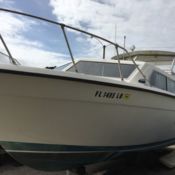 1977 Chris Craft 28 Classic Cruiser Project Boat Cabin Hard Top A true Classic!!
1977 Chris Craft 28 Classic Cruiser Project Boat Cabin Hard Top A true Classic!!
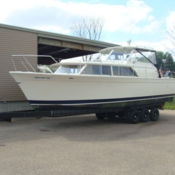 1968 Chris Craft Commander 31 ft Hard top Always in freshwater
1968 Chris Craft Commander 31 ft Hard top Always in freshwater
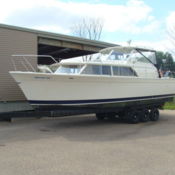 1968 Chris Craft Commander 31 ft Hard top Always in freshwater generator A/C
1968 Chris Craft Commander 31 ft Hard top Always in freshwater generator A/C
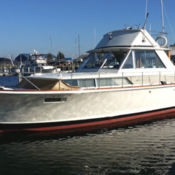 Beautiful 38 foot 1965 Chris Craft Commander Sportfisherman / New Engines+++
Beautiful 38 foot 1965 Chris Craft Commander Sportfisherman / New Engines+++